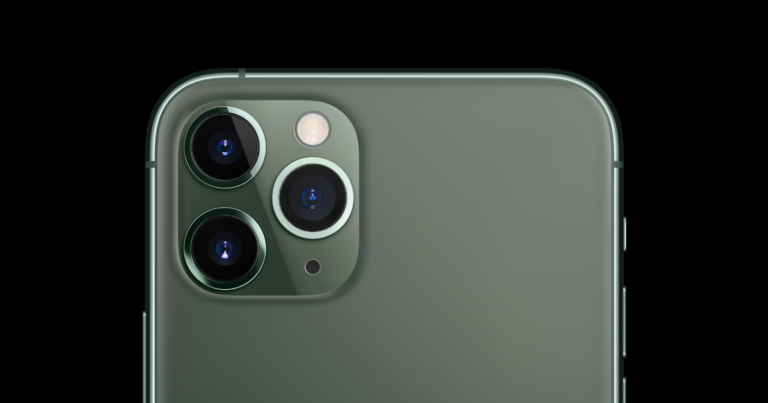What are the three technologies that form blockchain?
Three technologies from blockchain technology.
Data Structure
Let’s take a look at the data structure of blockchain.
The first thing you need to know about the data structure of blockchain is that it is a linked list. This means that there is no way for one record to be overwritten by another, so all transactions must be added one after another to become permanent. In other words, each block contains information about previous blocks and current transactions (and any future ones).
P2P Network
A P2P network is a network that does not have a central server. Each node in the network can act as a server and client, so there are no single points of failure. This makes it hard for hackers to attack your computer or steal your data because they won’t know where to find you on this type of network.
In addition, since every node has its copy of every transaction ever made with other members of the P2P network, hackers would have to control more than half (51%) of all nodes before they could successfully steal from anyone else’s wallet!
Cryptography
Cryptography is the science of securing information. In cryptography, an encryption scheme or cryptographic hash function is used to secure information or data so that only authorized users can read it.
Cryptography is used in blockchain technology to secure transactions between parties using public-key cryptography.
Public key cryptography uses two keys: one private key (kept secret by the person sending messages) and another, which they publish online for everyone else to see. This second key can be used for decryption purposes only if you know your friend’s public one; otherwise, it would be useless because no one else knows it! This way, everyone who needs access will have their copy of these keys stored securely somewhere safe (for example, on a USB stick).
Blockchain advantages
Blockchain technology has been one of the most significant innovations in computer science in the past decade. It can change how business is done and even how we think about money.
Blockchain has the potential to disrupt industries across the board. It could be used to track medical records, verify intellectual property ownership, or even help organize humanitarian aid efforts.
Blockchain offers several advantages over traditional databases that are used for these purposes. First, the data stored on a blockchain is distributed across multiple computers. This makes it extremely difficult for an attacker to corrupt any part of it without invalidating all other copies of that data. Second, all transactions are logged in an ever-growing chain of blocks where each block links back to the previous block through cryptographic hashes (below).
This means that every single transaction ever recorded can be verified against every other transaction without having to download all of them individually from multiple sources or store them locally on your computer hard drive. Third, transactions are not only verified by different parties but also by consensus among participants within a network before they are added to a block. This prevents double spending because each party needs access to their copy of all prior blocks for their transaction to be validated as valid.
Three technologies from blockchain technology.
Three technologies form blockchain technology:
- Data structure. A blockchain record of transactions is stored across many computers in a decentralized, distributed ledger (also called “ledger”).
- P2P network. The computers on the network share their data and process transactions without an intermediary (such as a bank). Their consensus system ensures that every computer has access to the same version of the truth about where things stand at any given moment—and everyone can see what everyone else sees when they’re looking for it online! This makes it possible for everyone involved to decide who owns what amounts of cryptocurrency or fiat currency—or even just keep track of how much money you have left after you’ve spent all your cash reserves trying out new clothes at Nordstrom Rack this week.”
Conclusion
Three technologies from blockchain technology. Data Structure, P2P Network, and Cryptography.






